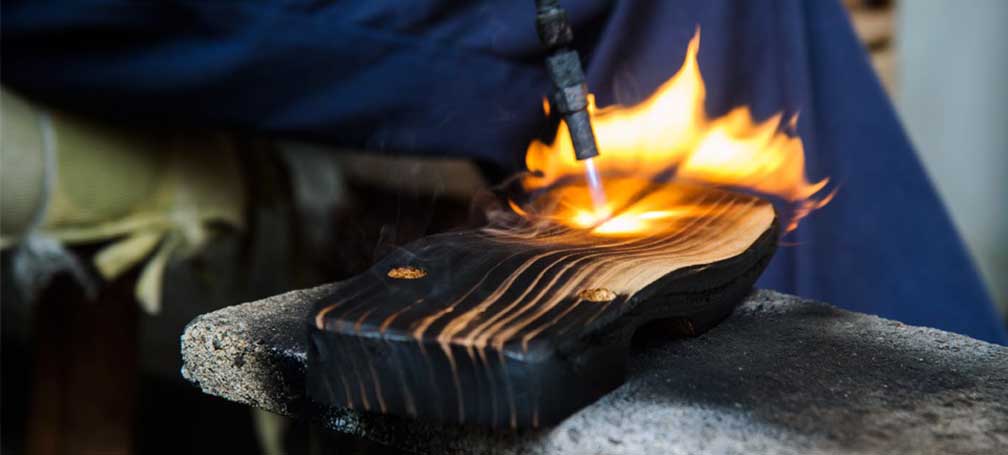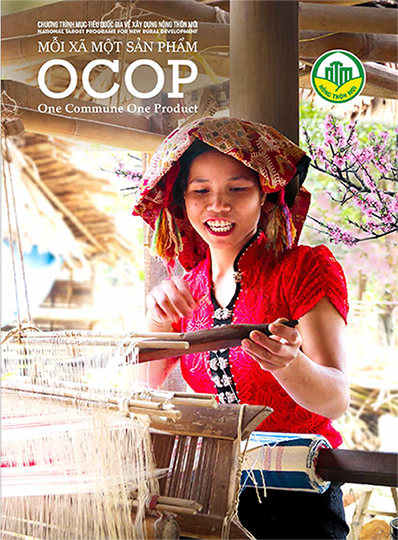“Hita-Geta”, traditional Japanese wooden clogs, have been produced for 200 years in Hita city, Oita prefecture, Japan,.
Hita city is located in the upper Chikugo river and surrounded by mountains. There are a lot of high-quality Japanese cedar trees due to a huge difference of heat and cold, and a forestry industry have been thriving there. In Edo period, Hita city, located in the center of Kyushu island, flourished as key junctions of trade, utilizing water transportation of the Chikugo river. Many people gathered there and Hita city become a cultural, political and economic center. Vibrant atmosphere at that time still remains in Mameda town in Hita city and Mameda town has been designated as “the Preservation District for Groups of Traditional Buildings” by the Agency for Cultural Affairs of Japan since 2004.
Production of Hita-Geta made of high-quality Japanese cedar rapidly developed in Tempo Era (1830~1844), encouraged by the local governor under an industrial development policy. It is produced by major 3 steps. First, round logs are processed into squared logs, which are called “Geta-Makura”. Second, “Geta-Makura” are processed into Geta-shaped interim “Geta-base”. Since “Geta-base” contains moisture, they are dried naturally for 2 to 6 months in the “Wa-Zumi” traditional way. “Wa-Zumi” means “piling in a round shape”. Lastly, surface of dried “Geta-base” is polished and V-shaped thongs between the big toe and the other toes are attached. When finishing the surface, the “Jindai-Yaki” traditional technique is applied. Surface of “Geta-base” is burned into black color, then it is polished, through which black color of softer parts is removed into natural wood color. Black color of wood grain, harder parts, remains on the surface and wood-grain patterns will shine brilliantly in your eyes. In addition, the slightly indented surface will keep your sole dry, which enable you to keep wearing Hita-Geta comfortably even in a humid season.
Beauty and texture of Hita-Geta are highly appreciated by the international community, which are the fruits of combination of locally-sourced high-quality natural materials and traditional craftsmanship handed down for generations.




